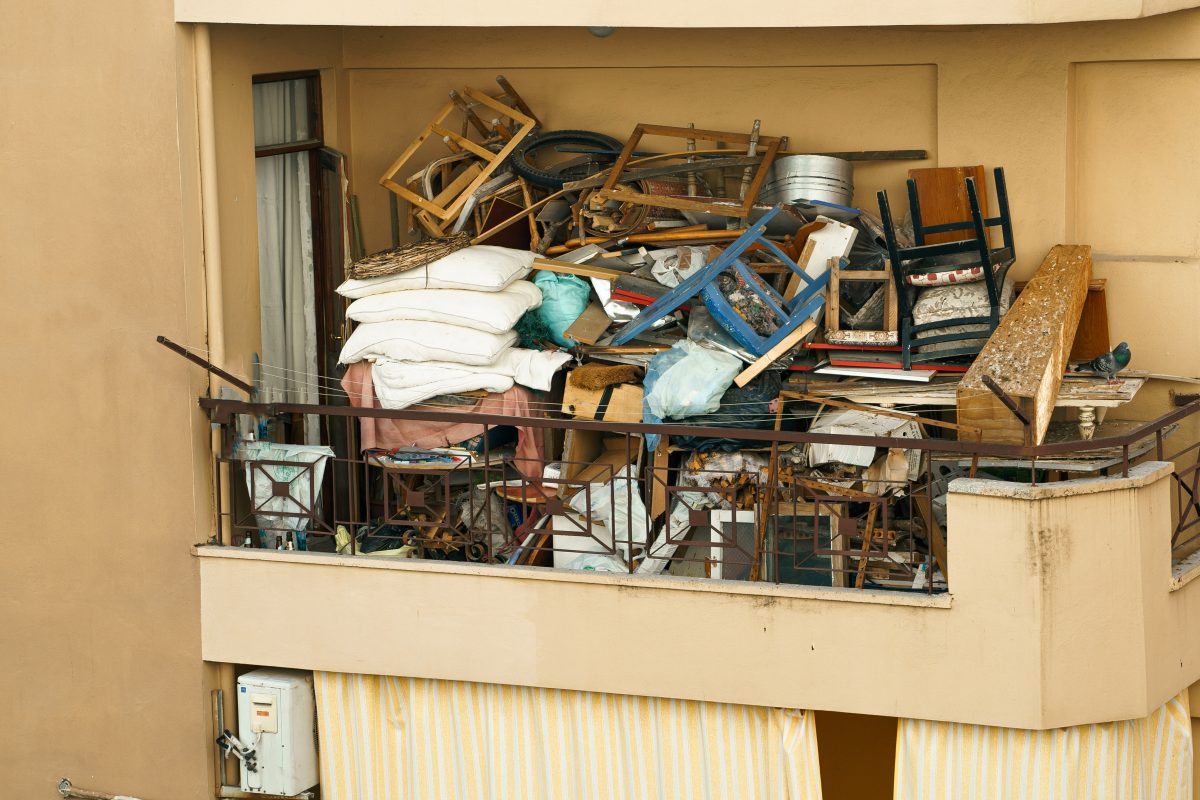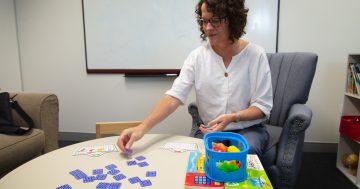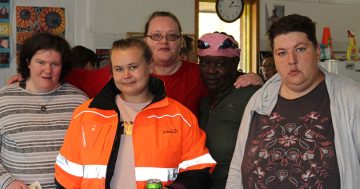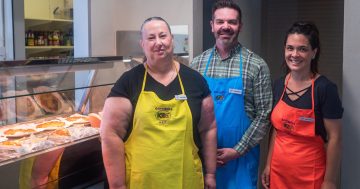
Woden Community Centre hosts programs to help people with hoarding disorders and educate the communities around them. Photo: Ira Lichi.
Imagine taking the screw-top lid off your drinkable yoghurt and feeling a compelling urge to keep it. The idea of discarding or even recycling it distresses you, along with all the yoghurt lids thereafter. What if you need them again one day? Or your empty cereal boxes and all those pamphlets you receive in the mail?
There are many variations on the definition of ‘hoarding disorder’, but most describe a persistent difficulty parting with possessions due to a need to save them.
But are these definitions helpful? Woden Community Service (WCS) executive manager, mental health, Leanne Heald, is not convinced.
“Putting aside the fact that they’re stigmatising, when we think about compulsive hoarding, it’s often defined as a persistent failure to discard possessions of limited value. But who decides the limit of a thing’s value? And why is keeping it a failure?” she says.
“Every single item has value, purpose and a story.”
The assumption that every single item has value, purpose and a story is an important starting point at WCS, where the free ‘Buried in Treasures’ support program empowers people with hoarding disorder to understand why they hoard and how to manage the compulsion when it becomes a problem.
The name Buried in Treasures says a lot about the importance of language in this space. As opposed to regulatory intervention, the approach is a therapeutic alliance whereby support workers work alongside people with the disorder on their decluttering journey.
During the 16-week cognitive behavioural therapy (CBT) group sessions, participants engage in psychoeducation. This involves skill-building through homework tasks aimed at helping them identify the underlying thought patterns and beliefs that influence their tendency to acquire and discard items.
The underlying message of this approach is clear: it is unproductive to tell people how to assess the value of their own possessions and, worse, to judge them for it.
“We look at collectors in a positive light. The coins, stamps and memorabilia they collect don’t have a literal monetary value. We assign them value based on what we see as historic, nostalgic or sentimental worth. We admire these collectors for how they care for these possessions,” Leanne points out.
“Value boils down to perception, but the question is, whose perception?”
Hoarding can pose serious problems, however, for people living with the disorder, those who care about them, those in their periphery such as neighbours and even emergency support services.
WCS doesn’t deny this. There’s a reason their programs exist.
“Part of the accepted definition of hoarding disorder is that it causes impairment to function. We know it becomes a problem when spaces in the home can no longer be used as intended or when it poses a hazard to people. If you have a kitchen, you can’t cook in it because there are stacks of things on the benchtops and in the sink and oven. That’s something we need to work with,” Leanne says.
“A common byproduct of hoarding, unfortunately, is squalor, and some people come to us as a result of complaints about odour complaints or health hazards.
“We have also had referrals from emergency services, for example, when an ambulance has attended the home of a person with hoarding disorder and clutter has impeded their access.
“We know all this, but we also need to be aware that people with hoarding disorder have a relationship with those items and often fall under the radar of mainstream support agencies until it becomes a problem to someone else.”
Leanne says hoarding is not as much of an outlier as people might think: up to 10 per cent of Australians live with hoarding challenges, and up to 5 per cent meet the hoarding disorder definition.
For many, it’s triggered by traumatic events and complex grief.
“One of the examples people find easy to understand is a person who experienced something like the Great Depression. But it’s not always that literal,” she says.
Regardless of the trigger, there’s no denying that the disorder needs to be addressed for some people, but coming from a place of compassion and awareness goes a long way.
It’s why WCS also hosts the Hoarding Advocacy Support Service (HASS) providing free training for organisations in full and half-day formats. HASS is designed to strengthen community sector workers’ skills in understanding hoarding behaviours, the impact on individuals and the community, and best practice approaches to supporting people impacted.
For more information on Buried in Treasures and HASS, email HASS@wcs.org.au or complete the online form to discuss upcoming training dates.





















